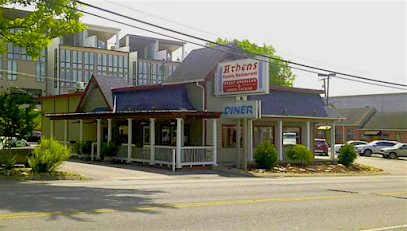Music Hall of Fame of the Country
Over the history of Hall of Fame, the number of the new members inducted every year had varied from 1-12. The election to the Music Hall of Fame had been is solely a prerogative. The new members, elected yearly by the panel of industry executive being chosen are formally inducted during their Medallion Ceremony and it is part of the yearly reunion of the Music Hall of Fame affiliates hosted by the Music Hall of Fame & Museum and it is an educational, non-profit organization and doesn’t participate in the voting.
Bas-relief portraits cast in bronze to give honor to each member of the Hall of Fame were initially displayed at the Museum in the downtown Tennessee State, Nashville until the Music Hall of Fame & the Museum opens their own building on the 1967 of April; in this barn-roof facility in the head of the Music Row, their bronze plaques shaped the exclusive special exhibit. By the licensing agreement with, the Museum exhibited the bronze plaques remembering membership in the space and fashion applying the honor.
Architecture plus designs
When being seen from the air, this building will form a huge bass clef. The sweeping arch point of the building recommends the tail fin of the Cadillac sedan of 1959. The front windows of the building resemble piano keys. Its tower over Rotunda that extended downward Hall of Fame had been the replica of the unique diamond-shaped WSM tower of radio that had been initially constructed in 1932 just in Nashville south and is still operating.
The Rotunda itself has been replete with the symbolic architectural elements. One example is the outside of the cylindrical structure that may be viewed differently as the drum kit, the grain silo or the rural water tower. The 4 disc tiers of a Rotunda's roof evoke an evolution of taping technology—the 78, the 45, the CD and the vinyl LP. Stone bars over the Rotunda's exterior wall denote the notes of the classic song of the Carter Family, while the song title rings the structure’s interior. These is Hall of Fame plaques of the member situated within the Rotunda had been reminiscent of the notes on the musical staff.
Earthy, solid materials natural to Mid-South—concrete, steel, stone and wood—were utilized in the construction of the building as the music's strong roots reminder in the lives of effective Americans. The Georgia yellow pine decorates the floors of this Conservatory and has been found also in the Hall of Fame Rotunda, Ford Theater. The Crab Orchard Stone of the Eastern Tennessee hills lends the rustic, homey touch to a Conservatory's "front porch" ambiance and is found also on the walls of Rotunda. The big steel beams sustaining the Conservatory's walls and glass ceilings conjure up pictures of the rural railroad bridges. With the other transportation metaphor, those cascading waters alongside the Grand Staircase identifies to mind its mighty rivers that had inspired much of the nation's music and had physically connected the musicians in different areas of the nations.
The musical symbolism keeps within the museum gallery. The curtain-like, hardwood floors exhibit-case fronts, with the low hanging lights balanced by the cables makes the backstage ambiance of the 3rd Floor. Likewise, modular exhibit positions and the vinyl floor evoke the recording studio surrounding on the 2nd Floor.
Suggested posts:




Comments
Post a Comment